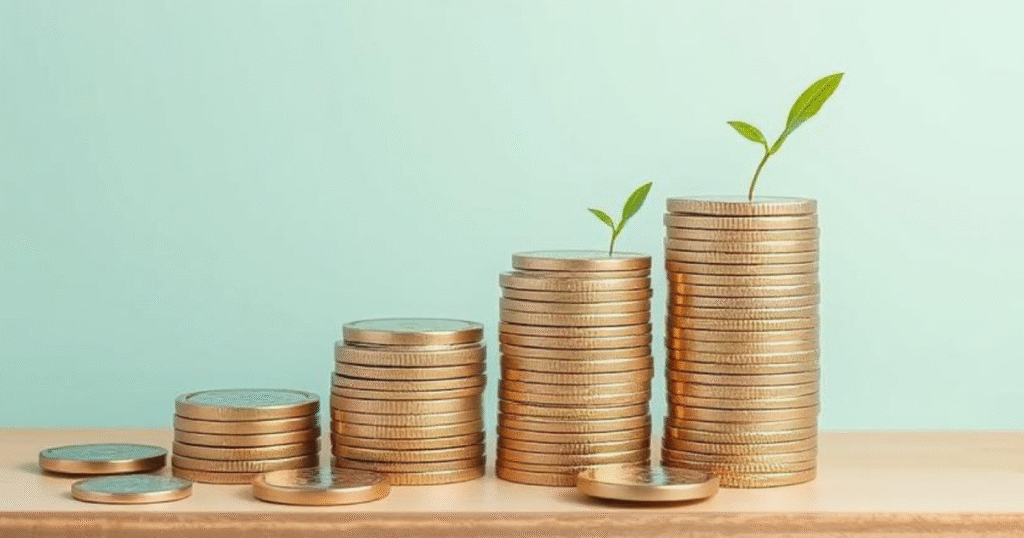Debt can feel like a heavy weight. But there are simple ways to start lightening the load. You don’t need fancy tools or expert help to make a change. Just some good habits and clear steps. Here’s how to begin.

1. Know What You Owe
To reduce debt, first make a list of every debt you have. Write down how much you owe, the interest rate, and the minimum payment. Include credit cards, loans, and anything else. Keep it simple. This helps you see the full picture.
2. Reduce Debt – Stop Taking On More
This is one of the most important steps. If you keep borrowing, you can’t catch up. Don’t use credit cards unless it’s a true emergency. Pay with cash or debit whenever you can. If you don’t have the money, don’t buy the item.
3. Make a Budget
A budget tells your money where to go. Write down what you earn and what you spend each month. Track everything. Rent, food, gas, and even small things like coffee. Once you know where your money goes, you can cut back and reduce debt.
4. Cut Unneeded Spending
Look for things you don’t need. Do you have unused subscriptions? Expensive habits? Fast food every day? Start cutting. Even small changes can help. Cancel that extra streaming service. Make coffee at home. Bring lunch to work or school. See my article about surviving today’s economy.
5. Pay More Than the Minimum
The minimum payment only covers a small part of your debt. Most of it goes to interest. If you can, pay more than the minimum. Even $10 extra each month helps. The more you pay now, the less you pay later, and that will help reduce debt.
6. Pay Off One Debt at a Time
Focus on one debt first. Pay the minimum on all others, but put extra money toward that one. You can choose:
- Smallest balance first: This is called the “snowball” method. It gives quick wins.
- Highest interest first: This is the “avalanche” method. It saves more money in the long run.
Pick one and stick with it.
7. Use Cash More Often
Cash makes spending feel real. Swiping a card is easy. Handing over bills is not. Try using cash for things like food and fun. It helps you spend less without thinking too hard.
8. Sell Things You Don’t Need
Take a look around your home. Do you have stuff you don’t use? Old clothes, tech, furniture? Sell it online or at a yard sale. Use the money to pay off debt. It’s an easy way to get quick cash.
9. Get a Side Job
If you can, find ways to earn more. A weekend job. Dog walking. Online work. Even just a few hours a week can help. Put all that extra money toward your debt. Don’t use it for fun spending.
10. Call Your Creditors
If you’re falling behind, don’t wait. Call your lender or credit card company. Ask if they can lower your rate or work out a payment plan. Some will say yes. It never hurts to ask.
11. Avoid Big Purchases
Now is not the time to buy a new car or take a trip. Big buys can wait. Focus on getting your debt down first. Once you’re in a better spot, you’ll have more freedom to spend.
12. Track Your Progress
Check your debt list every month. See what’s going down. Celebrate small wins. Paying off a single card feels great. Use that feeling to keep going. Progress keeps you motivated.
13. Stay Away From Payday Loans
These loans look easy but come with huge fees. They trap people in a cycle of debt. Always look for safer options. A payment plan, credit union loan, or side job is better.
14. Ask for Help If You Need It
If you’re stuck, talk to a credit counselor. Look for one from a non-profit group. They can help you make a plan and deal with lenders. Make sure the help is real—some “debt fix” groups are scams.
15. Keep Going
Debt takes time to fix. Some months will feel slow. But every dollar you pay off gets you closer. Keep going. Don’t quit. You’re doing the right thing, and you’ll get there.
Final Thoughts
Debt can be tough, but you’re tougher. With clear steps and steady work, you can dig out. Keep things simple. Stick to your plan. And remember—small wins lead to big change.


